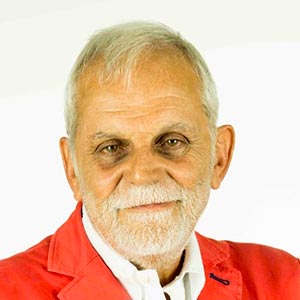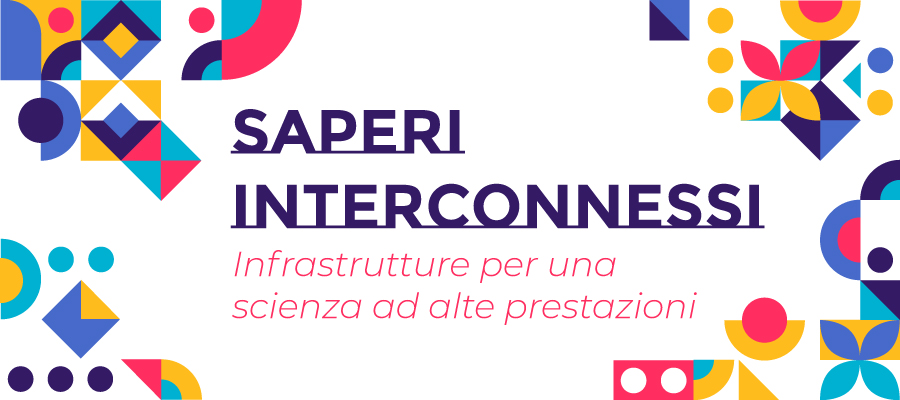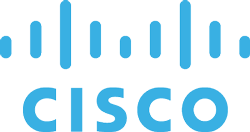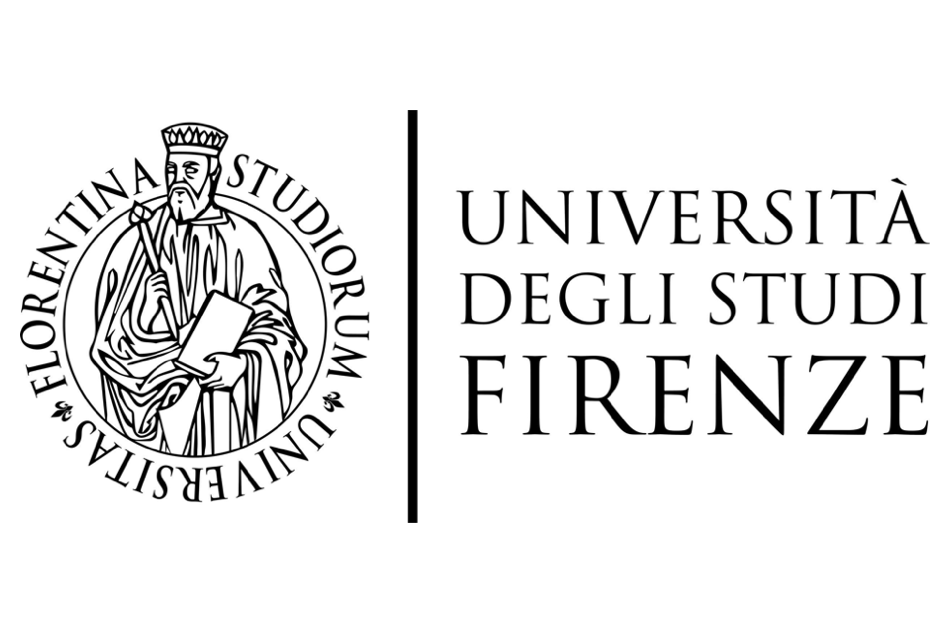Franco Niccolucci

I “gemelli digitali” nella digitalizzazione del patrimonio culturale
 Franco Niccolucci è il direttore del laboratorio di ricerca VAST-LAB presso il PIN di Prato e il presidente di ARIADNE Research Infrastructure AISBL, un’associazione internazionale di 30 istituzioni accademiche e di ricerca nel campo dei beni culturali digitali. Già professore all’Università di Firenze fino al 2008, ha poi fondato e diretto fino al 2013 il Science and Technology in Archaeology Research Center presso il Cyprus Institute, Nicosia. Il prof. Niccolucci ha coordinato numerosi progetti europei sulle applicazioni della tecnologia informatica ai beni culturali ed è attualmente direttore per la tecnologia in 4CH, un progetto per creare un centro di competenza europeo sulla conservazione del patrimonio culturale. I suoi interessi di ricerca riguardano l’organizzazione della documentazione dei beni culturali e la loro valorizzazione. È Editor-in-Chief di JOCCH, lo ACM Journal of Computing and Cultural Heritage. È autore di circa 100 articoli e capitoli di libri.
Franco Niccolucci è il direttore del laboratorio di ricerca VAST-LAB presso il PIN di Prato e il presidente di ARIADNE Research Infrastructure AISBL, un’associazione internazionale di 30 istituzioni accademiche e di ricerca nel campo dei beni culturali digitali. Già professore all’Università di Firenze fino al 2008, ha poi fondato e diretto fino al 2013 il Science and Technology in Archaeology Research Center presso il Cyprus Institute, Nicosia. Il prof. Niccolucci ha coordinato numerosi progetti europei sulle applicazioni della tecnologia informatica ai beni culturali ed è attualmente direttore per la tecnologia in 4CH, un progetto per creare un centro di competenza europeo sulla conservazione del patrimonio culturale. I suoi interessi di ricerca riguardano l’organizzazione della documentazione dei beni culturali e la loro valorizzazione. È Editor-in-Chief di JOCCH, lo ACM Journal of Computing and Cultural Heritage. È autore di circa 100 articoli e capitoli di libri.
 Franco Niccolucci is the director of VAST-LAB research laboratory at PIN in Prato, Italy and the CEO of ARIADNE Research Infrastructure AISBL, an association of 30 research and academic institutions in the domain of digital cultural heritage. A former professor at the University of Florence until 2008, he has founded and directed the Science and Technology in Archaeology Research Center at the Cyprus Institute, Nicosia, until 2013. Prof Niccolucci has coordinated several EU-funded projects on the applications of Information Technology to Cultural Heritage, and is currently director for technology in 4CH, a project to create a European Competence Centre on the conservation of Cultural Heritage. His main research interests concern knowledge organization of heritage documentation and the valorisation of cultural heritage. He is currently the Editor-in-Chief of JOCCH, the ACM Journal of Computing and Cultural Heritage. He has authored about 100 papers and book chapters.
Franco Niccolucci is the director of VAST-LAB research laboratory at PIN in Prato, Italy and the CEO of ARIADNE Research Infrastructure AISBL, an association of 30 research and academic institutions in the domain of digital cultural heritage. A former professor at the University of Florence until 2008, he has founded and directed the Science and Technology in Archaeology Research Center at the Cyprus Institute, Nicosia, until 2013. Prof Niccolucci has coordinated several EU-funded projects on the applications of Information Technology to Cultural Heritage, and is currently director for technology in 4CH, a project to create a European Competence Centre on the conservation of Cultural Heritage. His main research interests concern knowledge organization of heritage documentation and the valorisation of cultural heritage. He is currently the Editor-in-Chief of JOCCH, the ACM Journal of Computing and Cultural Heritage. He has authored about 100 papers and book chapters.
15 giugno 2023 | Tecnologie digitali per cultura e formazione
I “gemelli digitali” nella digitalizzazione del patrimonio culturale
The digital twins in the digitization of cultural heritage
ABSTRACT
 La continua crescita di dati digitali relativi ai beni culturali richiede la definizione di strumenti che ne consentano una gestione efficiente e un uso effettivo sia per la ricerca che per la gestione e valorizzazione, con iniziative come Europeana, con 57 milioni di oggetti culturali digitali, e ARIADNE per la ricerca archeologica, con circa 4 milioni di rapporti, immagini, disegni, mappe e modelli 3D. È in corso un lavoro di digitalizzazione di singole entità, in particolare di creazione di modelli 3D spesso considerati “gemelli digitali” del bene, a cui si aggiungere altre informazioni come “annotazioni”. Nella nostra impostazione invece il gemello digitale culturale, o Heritage Digital Twin, è costituito dalla rappresentazione in formato digitale della conoscenza su entità culturali tanto materiali che immateriali del mondo reale. Proponiamo quindi uno schema che estende lo standard CIDOC CRM, in cui i due concetti principali sono l’Entità Culturale (Heritage Entity) che rappresenta gli oggetti culturali del mondo reale e il Gemello Digitale Culturale (Heritage Digital Twin) che ne è la controparte nel sistema virtuale. Gli aspetti tangibili e intangibili sono registrati rispettivamente come Tangible Aspect e Intangible Aspect. Una caratteristica di questo modello è la sua modularità, cioè la possibile integrazione di sotto-modelli preesistenti dedicati a aspetti specifici, lasciandone inalterata la struttura semantica purché compatibile con CIDOC CRM.
La continua crescita di dati digitali relativi ai beni culturali richiede la definizione di strumenti che ne consentano una gestione efficiente e un uso effettivo sia per la ricerca che per la gestione e valorizzazione, con iniziative come Europeana, con 57 milioni di oggetti culturali digitali, e ARIADNE per la ricerca archeologica, con circa 4 milioni di rapporti, immagini, disegni, mappe e modelli 3D. È in corso un lavoro di digitalizzazione di singole entità, in particolare di creazione di modelli 3D spesso considerati “gemelli digitali” del bene, a cui si aggiungere altre informazioni come “annotazioni”. Nella nostra impostazione invece il gemello digitale culturale, o Heritage Digital Twin, è costituito dalla rappresentazione in formato digitale della conoscenza su entità culturali tanto materiali che immateriali del mondo reale. Proponiamo quindi uno schema che estende lo standard CIDOC CRM, in cui i due concetti principali sono l’Entità Culturale (Heritage Entity) che rappresenta gli oggetti culturali del mondo reale e il Gemello Digitale Culturale (Heritage Digital Twin) che ne è la controparte nel sistema virtuale. Gli aspetti tangibili e intangibili sono registrati rispettivamente come Tangible Aspect e Intangible Aspect. Una caratteristica di questo modello è la sua modularità, cioè la possibile integrazione di sotto-modelli preesistenti dedicati a aspetti specifici, lasciandone inalterata la struttura semantica purché compatibile con CIDOC CRM.
 The continuous growth of digital data relating to cultural heritage requires the definition of tools that allow its efficient management and effective use both for research and for management and enhancement, with initiatives such as Europeana, with 57 million digital cultural objects, and ARIADNE for archaeological research, with about 4 million reports, images, drawings, maps and 3D models. Work is underway to digitize individual entities, in particular the creation of 3D models often considered "digital twins" of the asset, to which other information is added such as "annotations". In our approach, instead, the cultural digital twin, or Heritage Digital Twin, consists of the representation in digital format of knowledge on both material and immaterial cultural entities of the real world. We propose a scheme extending the CIDOC CRM standard, in which the two main concepts are the Heritage Entity which represents the cultural objects of the real world, and the Heritage Digital Twin, which is its digital counterpart in the virtual system. Tangible and intangible aspects are recorded as Tangible Aspect and Intangible Aspect respectively. A feature of this model is its modularity, i.e. the possible integration of pre-existing sub-models dedicated to specific aspects, leaving the semantic structure unchanged as long as it is compatible with CIDOC CRM.
The continuous growth of digital data relating to cultural heritage requires the definition of tools that allow its efficient management and effective use both for research and for management and enhancement, with initiatives such as Europeana, with 57 million digital cultural objects, and ARIADNE for archaeological research, with about 4 million reports, images, drawings, maps and 3D models. Work is underway to digitize individual entities, in particular the creation of 3D models often considered "digital twins" of the asset, to which other information is added such as "annotations". In our approach, instead, the cultural digital twin, or Heritage Digital Twin, consists of the representation in digital format of knowledge on both material and immaterial cultural entities of the real world. We propose a scheme extending the CIDOC CRM standard, in which the two main concepts are the Heritage Entity which represents the cultural objects of the real world, and the Heritage Digital Twin, which is its digital counterpart in the virtual system. Tangible and intangible aspects are recorded as Tangible Aspect and Intangible Aspect respectively. A feature of this model is its modularity, i.e. the possible integration of pre-existing sub-models dedicated to specific aspects, leaving the semantic structure unchanged as long as it is compatible with CIDOC CRM.









